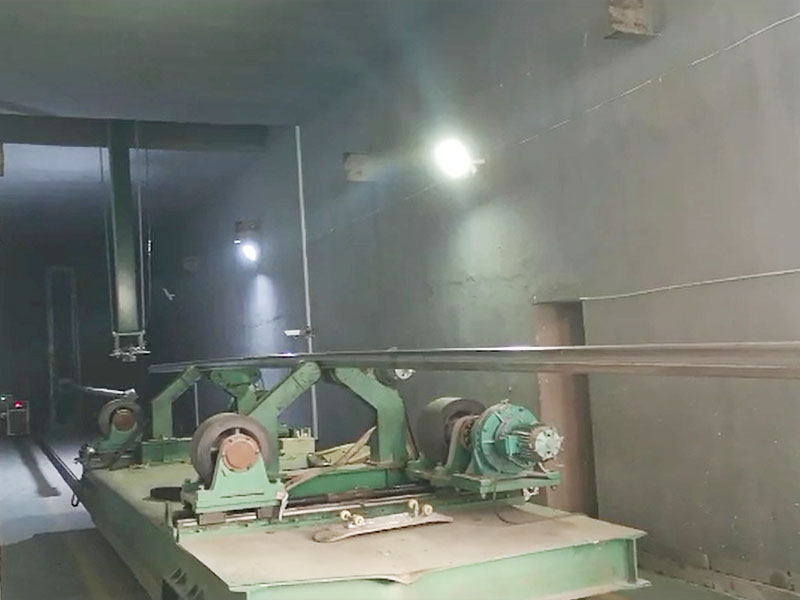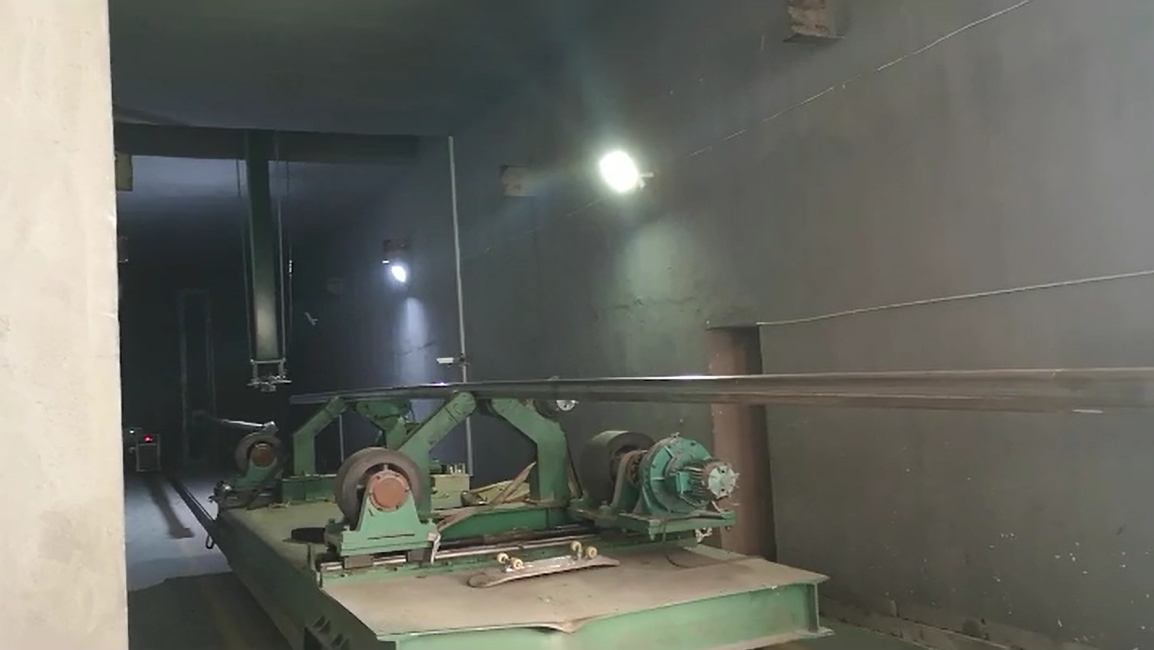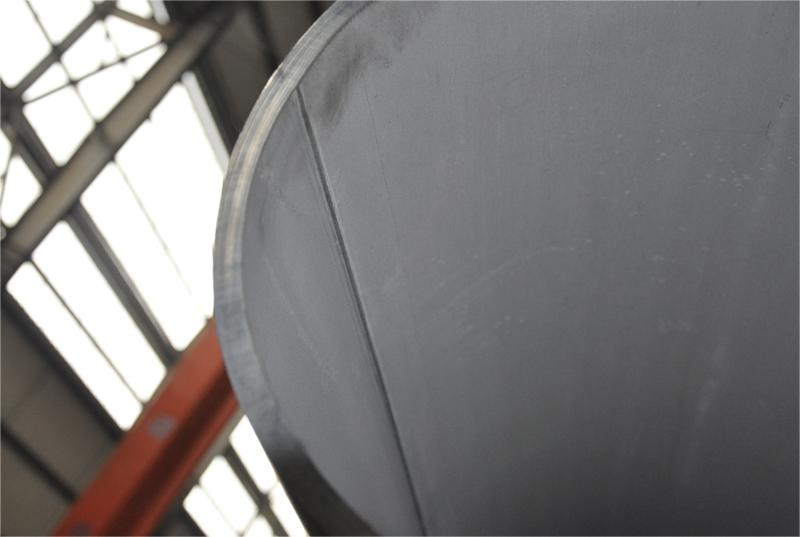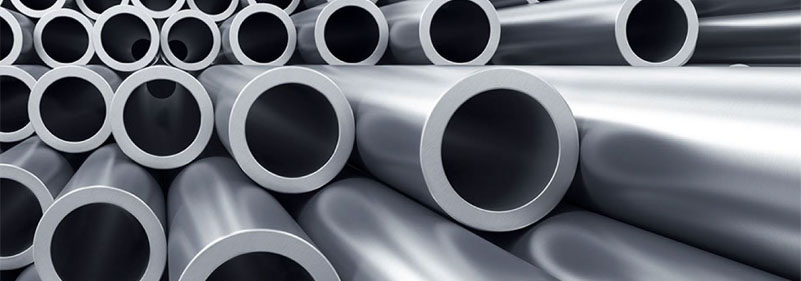How is the welding going? Radiography tells you

Radiographic Testing (RT), also known as industrial radiography, is a critical discipline in the field of nondestructive testing. Its primary application is to detect macroscopic geometric defects within workpieces. Depending on specific characteristics, RT can be classified into various methods, such as X-ray Computed Tomography (X-CT), Computer Radiography (CR), and conventional radiography.
Conventional radiography, using X-rays generated by an X-ray tube or gamma rays from a radioactive isotope to penetrate the workpiece, is a widely employed nondestructive testing method that uses film as the recording medium. It is the most fundamental and extensively utilized technique in radiographic testing and constitutes a significant portion of professional training in this field.
Principle of Conventional Radiography
X-rays or gamma rays, capable of penetrating materials that are opaque to the naked eye, expose the film used to record information. Similar to ordinary light, these rays cause the silver halide in the emulsion layer of the film to produce a latent image. As materials with different densities absorb X-rays to varying extents, the energy of the X-rays reaching different parts of the film differs. This disparity in energy creates variations in the density of the developed film, enabling the identification of defects through the differences in darkness.
When X-rays pass through a workpiece, the transmission intensity differs between defective and sound regions. Consequently, corresponding variations in darkness appear on the film. By observing the developed film, radiographic inspectors can identify the location and nature of defects based on the differences in darkness.

This method is suitable for inspecting welded joints using various fusion welding methods in steel structures. It can also be used to examine cast steel components and, in special cases, to detect fillet welds or other complex structural components.
Advantages and Limitations of Conventional Radiography
Advantages of conventional radiography include:
Visual Display of Defects: Conventional radiography utilizes film as a recording medium, allowing for accurate identification of defect characteristics, quantity, size, and location through film observation.
High Detection Rate for Defects with Local Thickness Variations: It has a high detection rate for defects such as porosity and slag inclusions.
Capable of Detecting Length and Width Dimensions at the millimeter and sub-millimeter levels, respectively, or even smaller, with virtually no lower thickness limit for detection.
Applicable to a wide range of materials, including steel, titanium, copper, and aluminum. The method is effective regardless of specimen shape or surface roughness, and it is unaffected by material grain size.

Limitations of conventional radiography include:
Detection of crack-type defects is affected by the angle of penetration, and it cannot detect thin-layer defects in the perpendicular direction of radiation, such as delamination in steel plates.
The upper limit of the thickness that can be inspected is determined by the penetrating power of the radiation.
Conventional radiography has relatively high inspection costs and slower testing speeds.
Radiation poses health hazards, necessitating the implementation of protective measures.
In conclusion, Radiographic Testing (RT) plays a vital role in welded pipe production. By utilizing conventional radiography, manufacturers can accurately detect and assess defects within the pipes, ensuring the quality and safety of the final products. Despite certain limitations and safety considerations, conventional radiography remains a widely used and effective nondestructive testing technique in the industry.

 English
English 中 文
中 文 Español
Español Português
Português Deutsch
Deutsch Türk
Türk Pусский
Pусский عربي
عربي 한국인
한국인 日本語
日本語
